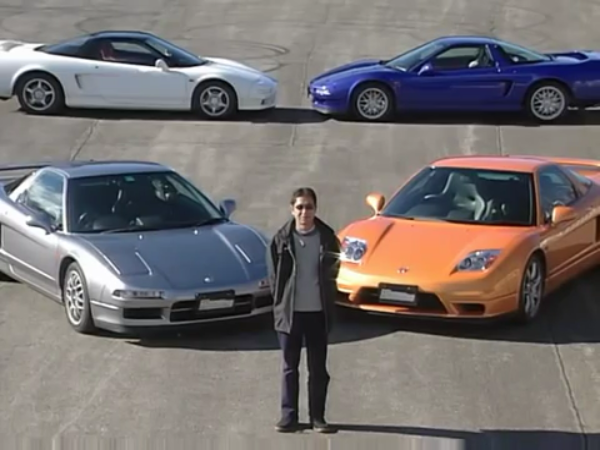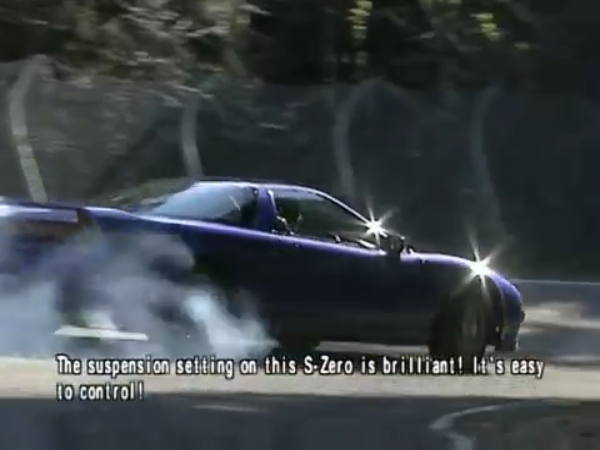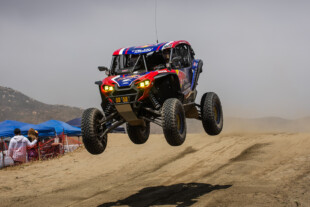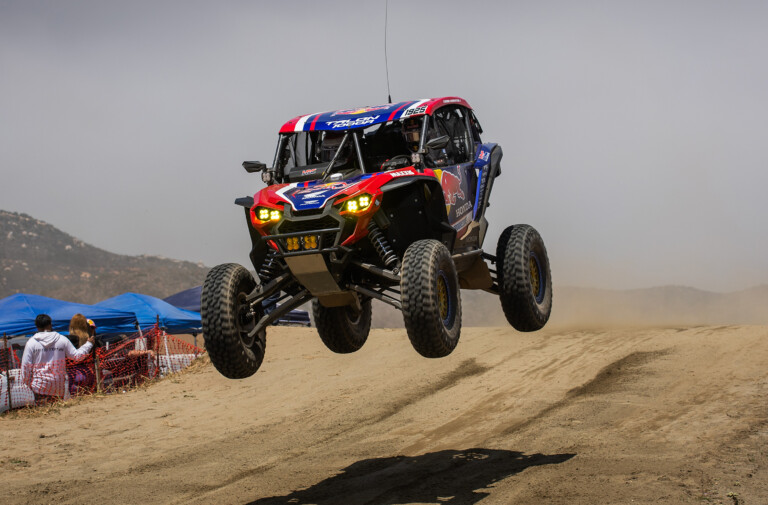Those familiar with Drift King’s exploits in Honda’s supercar will know that he’s one avid fan of the mid-engined NSX. While it was never a massive success in the States, Japanese tuners had their hands full with one of the few domestically-produced, mid-engined sports cars, since most of the criticism heard on the car has more to do with its wayward rear end and its propensity for snap oversteer.
Honda was well-aware of this fact, and to appease the increasingly hard-impressed group of hardcore fans, the NSX came out in a variety of different specifications, some of which were surprisingly stiff and unaccommodating for public consumption. However, these alterations made the cars more predictable and much faster.
The second-generation NSX Type-S is a bit heavier, but compensates with more torque from a larger engine adopted in 1997. However, the most-important alteration between the first and second-generation is that the car’s handling has been refined and made more accommodating, coming through in more stability, and a tendency to understeer towards the limit, thanks largely to larger wheels and tires. Historically, the original NSX was berated for its snap oversteer and unfriendliness on the limit, and it seems that this was remedied in the later generation. However, that sort of benign handling isn’t what Tsuchiya’s looking for.
Tsuchiya’s romp is chock-full of seamless slides which don’t preclude forward momentum. Clearly, the ebullient little Japanese man’s energy manifests itself in the tail-out antics that show that substance, or speed, is just as important as style. Therefore, he’s the right person to assess just how well or poorly a car handles when traction breaks.
To counter some of that unruly behavior the older car was known for, the rear was stiffened and the car lightened with the S-Zero version, which was the successor to the original Type-R. In addition to gaining a 3.2-liter engine, the S-Zero became more of a nimble, predictable sports car, and that willingness to fidget at high-speed was not lost. Watching Tsuchiya wrestle with the car, which lacks enough tire to complement the chassis, it becomes clear that in experienced hands, this sort of twitchiness is fun, controllable and very exciting.
However, the car which steals the spotlight is clearly the first-gen NSX-R. Thanks to low weight and a firm-but-supple suspension setup, the car exudes confidence wherever it travels, and corners with a rare combination of response and poise not often seen with road cars. Even though it lacks power compared to the S-Zero and has a five-speed gearbox, it seems to have the most traction out of all the versions presented, and still looks exceptionally nimble. While the GT-R might be Japan’s fastest car, the NSX Type-R was the purest, and the most rewarding to the professional and talented amateur — and that’s why Tsuchiya still swears by them, and uses one for a daily driver!























